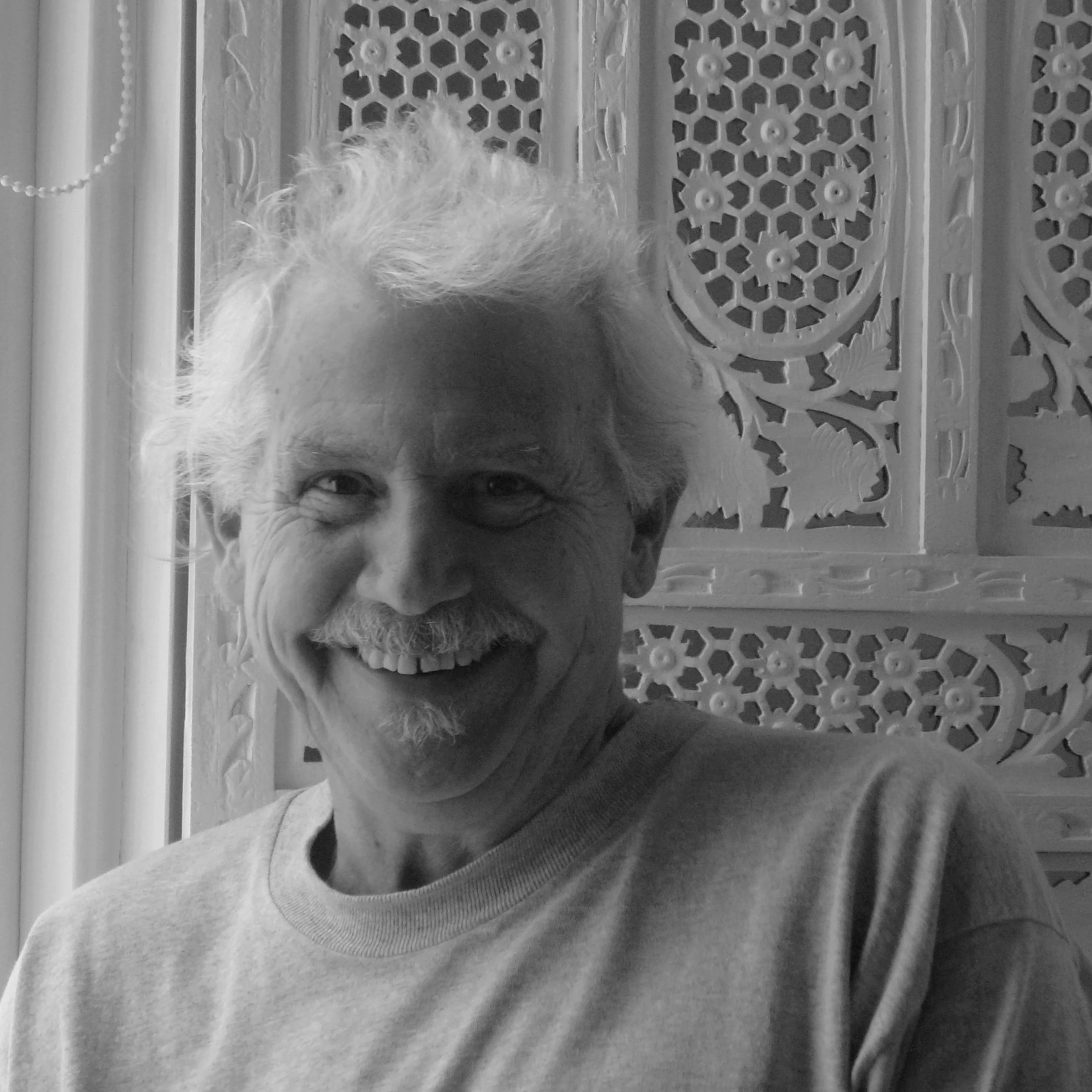Free Radicals
Ross Harris | Jonathan Besser
Released: 08 June 2020
Catalogue: RAT-D096
Described as “Eno meets industrial punk meets Stockhausen”, Free Radicals were a Wellington-based art music ensemble that offered an outlet for the creative musical sensibilities of Ross Harris and Jonathan Besser in the early 80s. The took their name from the title of a 1958 Len Lye scratch-on-film piece, a moniker that perfectly resonated with the duo’s shared interest in improvised performance that combined electronic technology and found-sounds, and their aspiration to find new ways to merge traditional compositional virtues with an unapologetic no-holds-barred enthusiasm for sonic experimentation.
Ross and Jonathan recorded their music together in the electronic music studio at Victoria University of Wellington, which was established and run by Douglas Lilburn. It was a room fitted out with multi-track tape recorders, filters, ring modulators, and a classic reverberation plate mounted in one of the walls. Their initial recordings involved basic sound transforming techniques, such as speed changes, pitch shifts, cutting and splicing tape, and feeding sounds through various effects. They sought to create sounds that were of New Zealand by incorporating and manipulating environmental sounds into their recordings, but they also worked with voltage-controlled synthesizers such as the Putney VCS3 and 2 Synthi A.
In previous years, such machines were clock-synced, but in 1983 a new industry standard called MIDI appeared on the scene, which enabled a sophisticated connection and control of audio technologies that is still in use today. Machines such as the Roland TR-606, TR-303, and JX3P seduced the duo into creating rock-influenced textures and sequences to improvise over. Jonathan added a Roland RS 202 Keyboard, which brought string and organ sounds to their palette. Pre-recorded tapes of voices and industrial sounds were often added, but the creative possibilities increased dramatically in 1985 with the addition of The Drumulator (the most advanced drum machine at that time) and the Ensoniq Mirage, a “sampling” unit that enabled any sound to be recorded then played back at different pitches across the length of a triggering keyboard. In performance, everything (including voices) was processed through AKS synthesizers to produce often barely controllable chaos, which, in essence, was one of the defining characters of the Free Radicals.

















